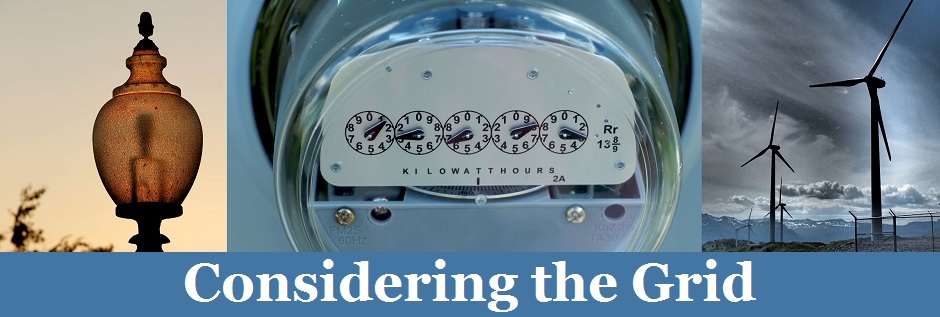Earlier today, EPA released three final rules aimed at further reducing greenhouse gas emissions:
- Oil and Natural Gas Sector: Emission Standards for New, Reconstructed, and Modified Sources establishes standards for methane, volatile organic compounds (VOCs), and toxic air pollutant emissions from new, modified, and reconstructed equipment, processes, and activities of oil and natural gas sources. Affected sources include “fugitive emissions from well sites and compressor stations” and “equipment leaks at natural gas processing plants,” two categories that are unregulated under current regulations. EPA’s fact sheets on the rule are available here.
- Source Determination for Certain Emission Units in the Oil and Natural Gas Sector clarifies EPA’s air permitting rules as they apply to onshore oil and natural gas industry and defines the conditions under which oil gas equipment and activities will be deemed a single source for determining whether major source permitting programs apply. EPA’s fact sheet is available here.
- EPA also issued a rule establishing a federal implementation plan for certain true minor sources located in Indian country related to the oil and natural gas sector. EPA’s fact sheet is available here.
In addition to the three final rules, EPA also issued a draft information collection request. In the request, EPA states that it plans to collect information related to existing oil and natural gas facilities in order to develop regulations to reduce methane emissions from existing sources. Currently EPA is seeking comment on its proposed information collection methodology.
While the oil and gas industry rules may not directly affect the power sector, the implementation of the rules could affect the economics of energy generation and Clean Power Plan compliance.

